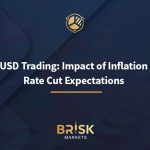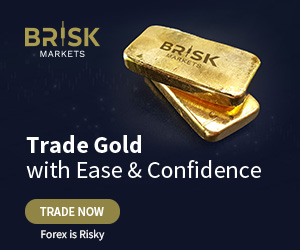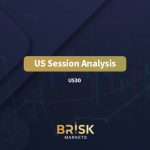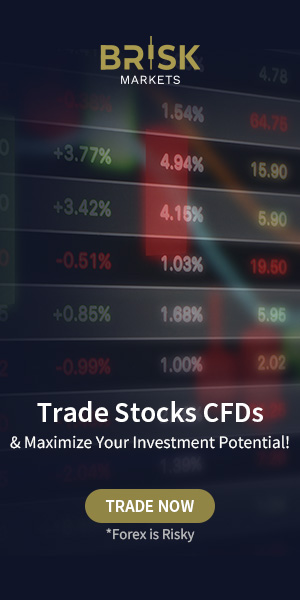Forex Glossary
1. Forex (Foreign Exchange):
Forex, short for foreign exchange, is the global marketplace where currencies are bought and sold. It is a decentralized market where participants trade various currencies, aiming to profit from exchange rate fluctuations.
2. Leverage:
Leverage in forex refers to the ability to control a large position with a relatively small amount of capital. It amplifies both potential profits and losses, allowing traders to control positions exceeding their account balance.
3. Margin:
Margin is the amount of money required to open and maintain a trading position. It is used to leverage trades, representing a portion of the total position size.
4. Spread:
Spread is the difference between the buying (ask) and selling (bid) prices of a currency pair. It represents the broker’s fee for facilitating the trade.
5. Pip:
A pip, or percentage in point, is a standardized unit of movement in the exchange rate between two currencies. It is typically the smallest price move that can be observed in the exchange rate.
6. Trading Platform:
A trading platform is software provided by brokers that allows traders to execute trades, conduct analysis, and manage their accounts. Popular examples include MetaTrader 4 (MT4) and MetaTrader 5 (MT5).
7. Forex Broker:
A forex broker is a financial institution or company that provides a platform for traders to access the forex market. Brokers facilitate currency trading by connecting buyers and sellers.
8. Equity:
Equity in forex trading refers to the current value of a trader’s account, including open trades. It is the residual interest in the account after deducting losses, withdrawals, and additional deposits.
9. Take Profit:
Take Profit is a predetermined price level at which a trader decides to close a position to secure profits automatically.
10. Stop Loss:
Stop Loss is a predetermined price level at which a trader decides to close a losing position to limit potential losses.
11. Pending Orders:
Pending orders are instructions to execute a trade once the market reaches a specified price level. This includes Buy Stop, Sell Stop, Buy Limit, and Sell Limit orders.
12. Free Margin:
Free Margin is the amount of funds available in a trading account that can be used to open new positions.
13. Margin Call:
A Margin Call occurs when a trader’s account equity falls below the required margin level, prompting the broker to request additional funds or automatically close positions.
14. Stop Out Level:
The Stop Out Level is the minimum account equity level at which the broker will automatically close some or all of the trader’s open positions to prevent further losses.
15. Expert Advisors:
Expert Advisors (EAs) are automated trading systems or algorithms that can execute trades on behalf of traders based on predefined criteria.
16. Trailing Stop:
A Trailing Stop is a dynamic stop-loss order that adjusts as the market price moves in the trader’s favor, helping to lock in profits while allowing room for potential gains.
17. Risk Management:
Risk Management involves strategies and techniques employed by traders to control and minimize potential losses, including the use of stop-loss orders, position sizing, and diversification.
18. Metals Trading:
Metals Trading involves the buying and selling of precious metals like gold and silver in the financial markets.
19. Indices Trading:
Indices Trading involves trading contracts based on the performance of stock market indices, representing the overall value of a specific market or sector.
20. Oil Trading:
Oil Trading involves the buying and selling of contracts related to crude oil and other petroleum products in the financial markets.







